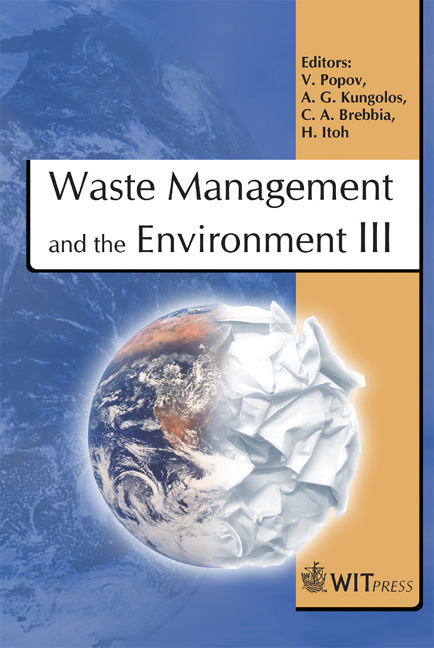Welfare Economic Assessment Of Processing Impregnated Waste Wood
Price
Free (open access)
Transaction
Volume
92
Pages
10
Published
2006
Size
420 kb
Paper DOI
10.2495/WM060591
Copyright
WIT Press
Author(s)
V. Kjærbye, A. Larsen, B. Hasler, M. R. Schrøder & J. Cramer
Abstract
Waterproof waste wood contains a series of chemicals, especially chromium, copper and arsenic, which can be hazardous to human health and the natural environment in concentrated quantities. In this welfare economic analysis the economic and environmental consequences of four methods of processing impregnated waste wood are considered and compared: deposition, incineration, gasification and an extraction process. The quantity of impregnated waste wood is not a limiting factor for the individual method. The analysis includes both the socio-economic and the environmental consequences of applying these methods. The results of the analysis show that incineration and gasification are the cheapest wood processing methods in a welfare economic perspective. The reason is that both methods produce heat and thereby avoid the use of other more polluting fuels. Deposition is quite expensive, and it neither recycles nor uses the energy in the wood. If one only looks at the direct costs of the processes, and does not estimate and include the value of the environmental consequences, the differences between the methods are smaller. The basis for the article is a report by the authors for The Danish Environmental Protection Agency. The authors would like to express their gratitude to the agency for funding. Keywords: impregnated waste wood, welfare economic assessment. 1 Introduction This analysis is launched to provide answers as to how society should obtain a welfare economic optimal treatment of impregnated waste wood. The welfare
Keywords
impregnated waste wood, welfare economic assessment.





